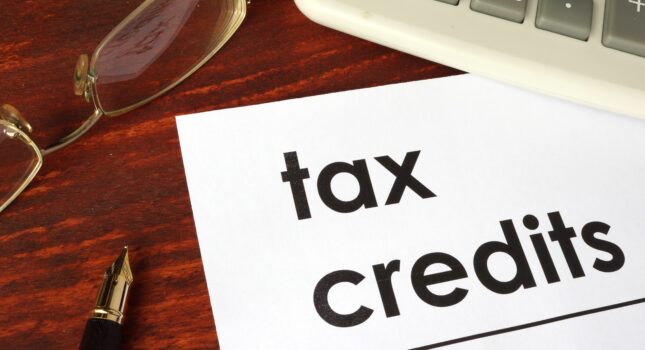
R&D Credit Basics for Startups
How has the R&D Credit changed?
- Before 2016, the R&D Credit had to be taken against taxable income – most startups do not have taxable income, so it was nice, but no immediate benefit.
- For tax year 2016 (returns filed in 2017) and onward, there is an immediate benefit for startups – the IRS will send you check for the Credit – a very immediate benefit!
- Our clients have received checks from the IRS for over $2M for 2016 R&D Credits.
What is a credit?
- An R&D Credit gets you “two bites of the apple” for money spent on R&D.
How do you get two bites of the apple? Let’s say you spend $100K on a software engineer. The first bite of the apple is that you get a tax deduction of $100K – this increases your taxable loss – nice, but no immediate benefit until you are profitable and can offset those profits with your accumulated losses.
The second bite is huge, though. You take that same $100K and throw it into the R&D Credit equation, which typically results in a 7% to 10% credit.
What this means: The IRS sends you a check for $7K to $10K.
What qualifies as R&D Credit?
- If a product has already been released, costs for small or custom changes on the released product are typically not eligible for R&D credit.
- If you are working on a new products or releases, those costs are typically eligible for R&D credit.
- Not all costs spent on R&D are eligible for the R&D Credit:
- Payroll, Consultants and supply costs are eligible for R&D Credit.
- Payroll benefits, travel, office rent, computers, design software costs are examples of costs that are not eligible for the R&D Credit.
BEWARE!
- The R&D Credit is an IRS Tier 1 issue – that means if you get audited, you better have a ton of documentation and justification for the Credit.
- Documentation: it is best to have a timekeeping system (online, very simple is fine) to justify time worked on the different R&D projects by employees and contractors. If there is no timekeeping system, you can document the time worked with “interviews” – this should really be done by an outside firm (they charge between 10% to 15% of the total credit).
- Justification: There is a very well publicized IRS Four Part Test for eligible R&D projects. Lab books, project plans, gant charts, meeting notes, drawings, etc. should be kept proving these projects are eligible.
_________________________________________________________________________________
IRS Circular 230 Disclosure
To ensure compliance with requirements imposed by the IRS, we inform you that any U.S. federal tax advice contained in this document is not intended or written to be used, and cannot be used, for the purposes of (i) avoiding penalties under the Internal Revenue Code, or (ii) promoting, marketing, or recommending to another party any transaction or matter that is contained in this document.
